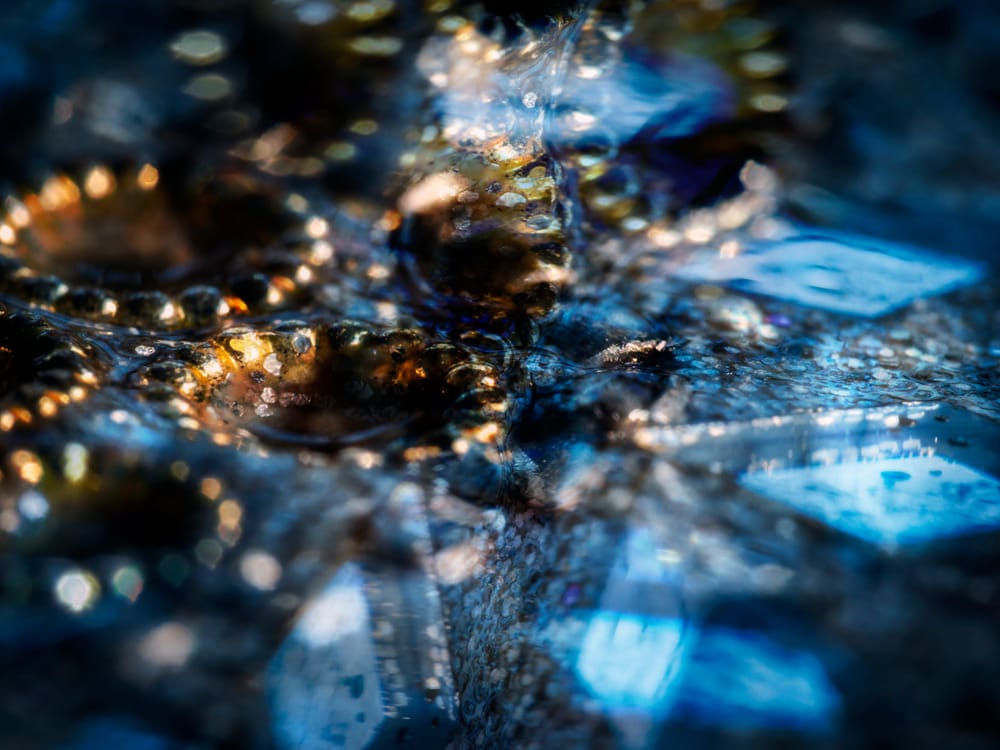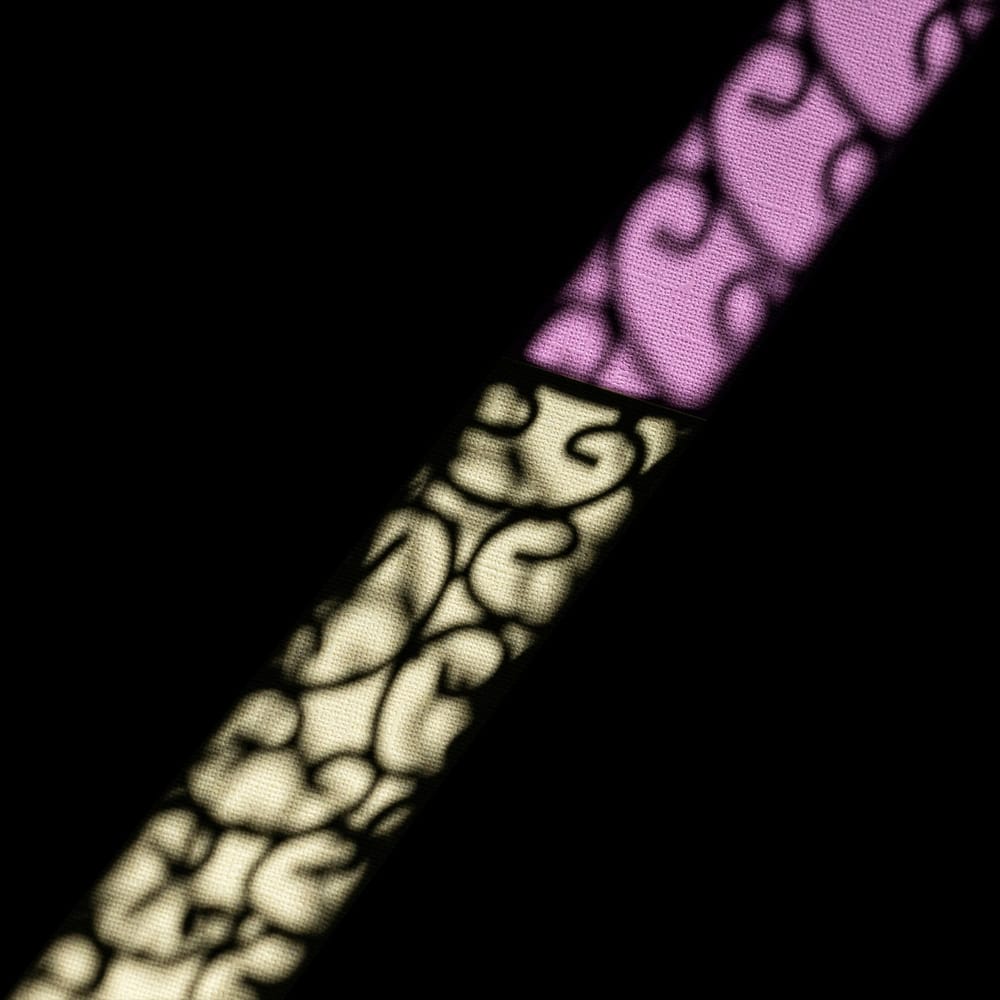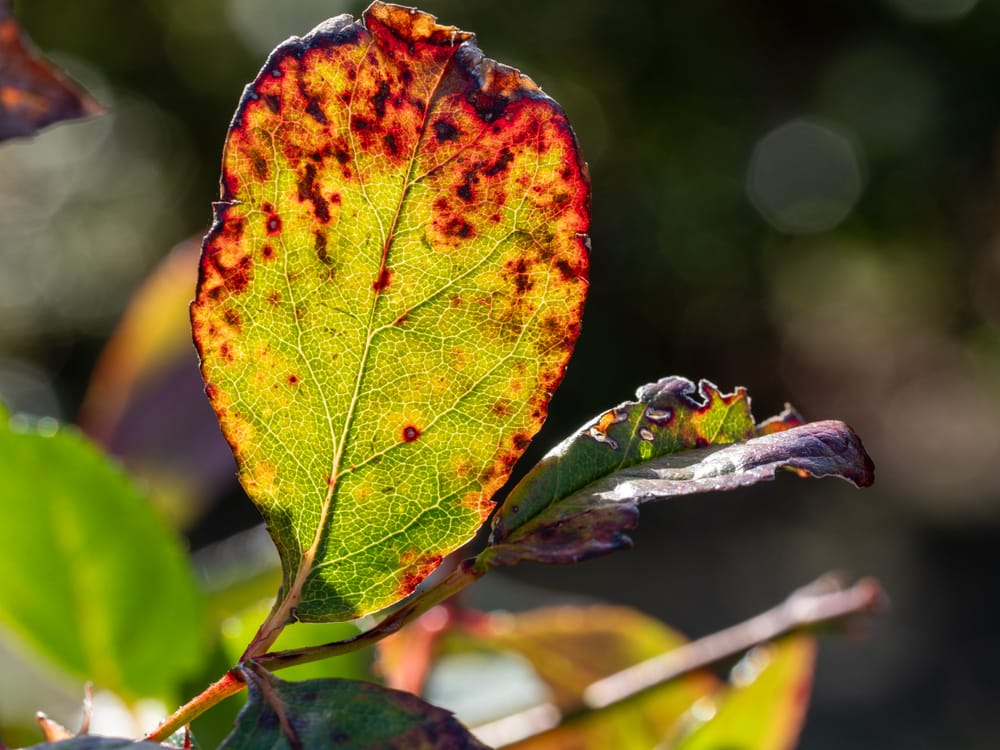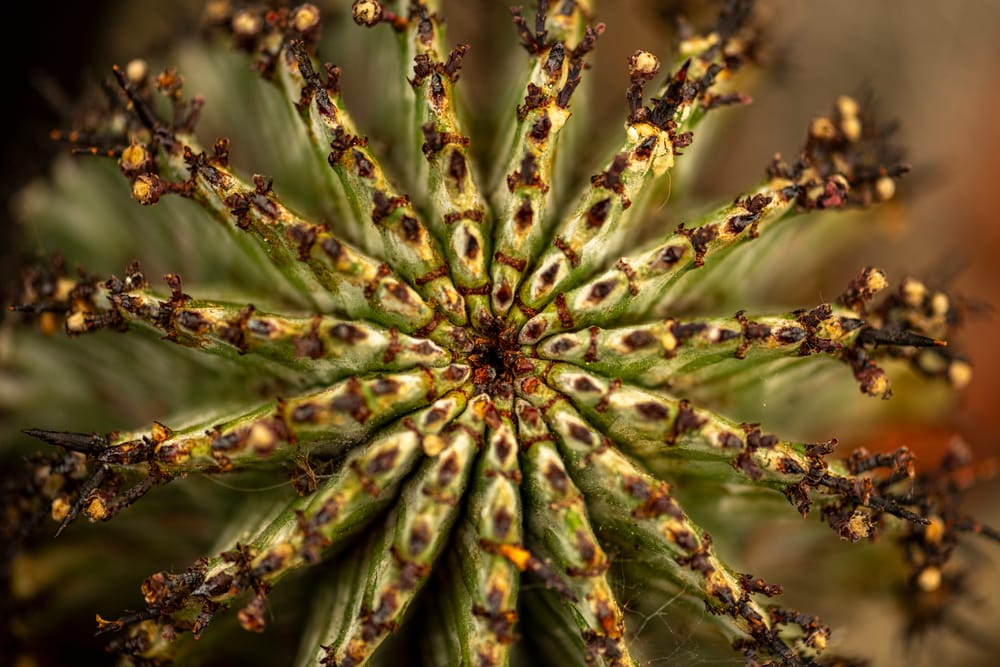Peter, how did you become a photographer?
Apart from terrible snaps on a horrible cheap instamatic as a teenager, I began what has become a never-waning and constantly enriching interest in still photography in 1987, in the year before I headed off on my O.E. (overseas backpacking experience). I figured I should get some skills to be able to capture my travel adventures on film. So I bought a Chinon CP 7m SLR (couldn’t afford anything better) and attended a basic photography night course at Wellington High School. That was the single best thing I could have done because it introduced me to manual shooting.
Where does your area of expertise lie and what is the inspiration behind your images?
The genre I identify most closely with is National Geographic – vivid, candid, lifelike, enquiring, dynamic.
A lot of my photography occurs on mountain slopes in places where a big heavy DSLR tends to stay in the pack. While I love using my Nikon D750, I frequently use a mirrorless compact camera (currently a Lumix TZ220) in the hills. I still shoot Camera RAW files using spot meter and manual settings, but some still may deem my gear as amateurish. I also use a tripod much less than many ‘respected’ photographers. But as a consequence, I am able to capture a lot more action than some do. I take a lot of panoramic series that I stitch in Photoshop later. I’ve often found that a standard landscape or portrait format is too limiting when trying to capture the vast magnificence of our natural world.
I learned how to shoot manually before digital, which was far less forgiving and more prone to error during trial. It was a really sound place to start, but the digital era has opened photography up in ways I couldn’t have conceived until I found myself in it. The ability to post-process images in Camera RAW has led me to understand what my photographic genre really is. These days I don’t just take photos, I create images. The purpose behind my ‘creations’ is to convey visually what it was that made me FEEL impressed, amazed, happy, shocked. I’m not hung up on simply representing faithfully what the eye could see. Sure, over manipulation can turn an image into a freak show and I certainly don’t seek to do that but if it was the colours on an ice face at dawn that drew me in, then I’m not ashamed to use considered post-processing to bring that to the fore. It’s about capturing what my heart FELT.

Your overseas travel photography is stunningly beautiful. Can you tell us more about it?
I’ve done quite a lot of travelling. To begin with, my main motivation was to constantly go somewhere new (for me). That was until I trekked in Khumbu in Nepal. I was lucky. I was an independent backpacker in the late eighties and nineties – perhaps the golden age of travel, although I reckon those who went before me in the seventies might have got their timing even better. I travelled at a time when 747s, backpacker accommodation, and Lonely Planet Guidebooks made so many magnificent destinations well within reach, but before mass tourism and the internet had replaced that intoxicating feeling of authentic discovery and adventure with superficial, like-grasping overcrowding. I travelled before 9/11 – before western travellers morphed from being somewhat unusual and welcomed, to terrorist ransom opportunities.
As the years rolled by and my cumulative travel experiences mounted, I’ve become more selective and perhaps narrow minded in what I’m interested in. Even before mass urbanisation and the madness of big cities really took hold, I was not a fan of crowds.
These days my main focus is tramping and climbing. I was a late starter, only joining a NZ Alpine Club alpine instruction course when I was 40. Since then, I’ve more than made up for lost time!
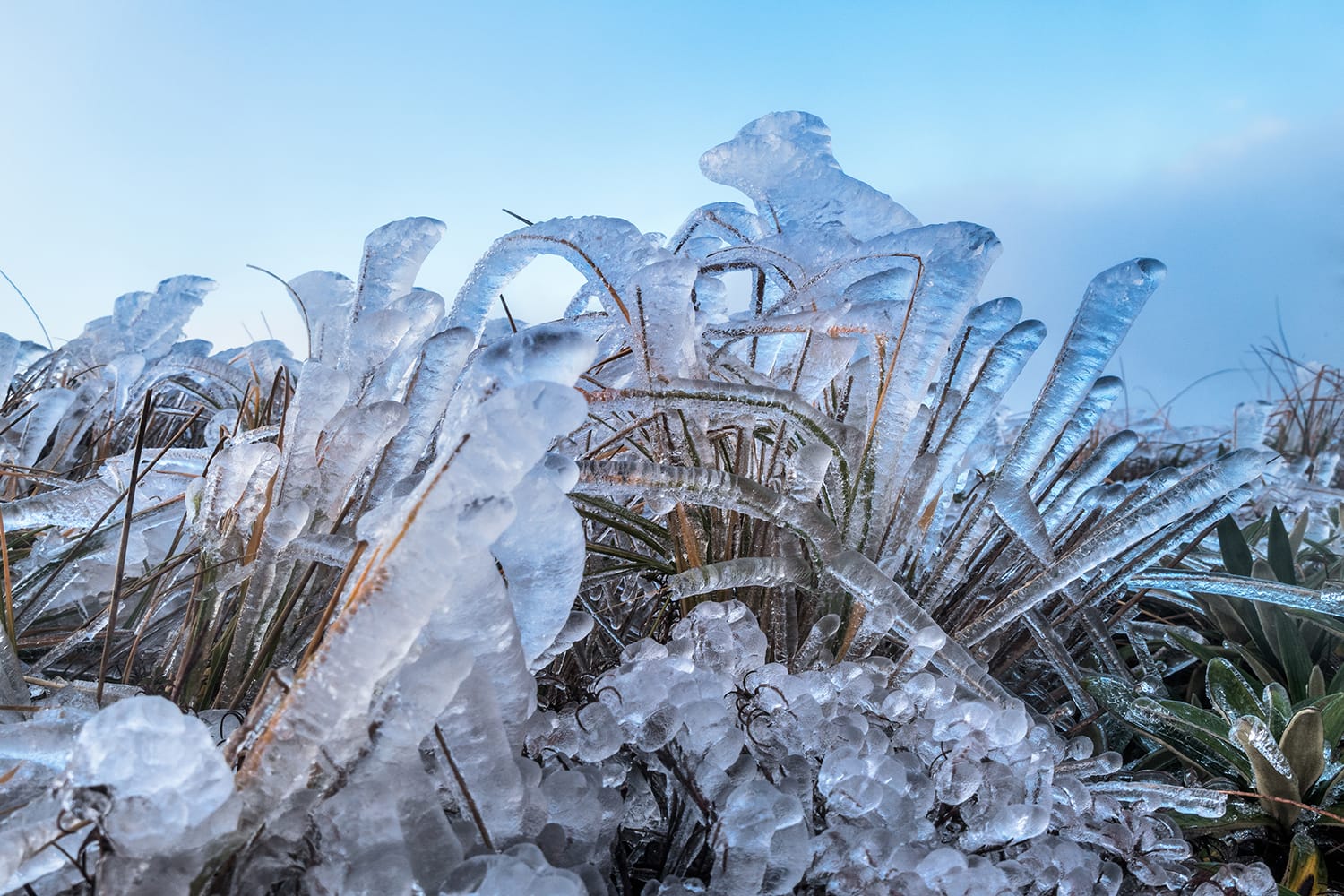
Where are your images currently used?
On my own website – www.occasionalclimber.co.nz, where I also make occasional image sales.
In publications – FMC Backcountry, which I’m also Editor of, FMC Wildlife, Wilderness Magazine, NZAC Journal, NZAC Vertigo. I am also a contributor to Potton & Burton for their wide range of annual calendars. I also design and produce my own large format calendars most years.
Then there are my two books - Occasional Climber: A journey to Mount Clarity (published 2013) and KHUMBU Gateway to Mount Everest Pathways to Kinship (published 2021).
Is earning money from your photos important to you?
Earning money is becoming less of a driver at this stage of my life. I will certainly continue to create images and seek ways for them to be useful. Ultimately this could mean that my main source of income will eventually come through photography, once I cease doing other (more lucrative) income earning work. But I won’t be getting rich – in the gigantic pool of keen photographers out there, only a tiny portion of them ever make serious money. While it’s nice to be paid for my work, that is definitely not the main motive behind my photography.
Can you tell us about your most recognised image?
I’ve entered the NZ Alpine Club national photo competition most years since I joined the club in 2002. I’ve picked up quite a few category winners over that time, but in 2014 I took out the winner, alpine landscapes category and also the overall winner (John Harrison Memorial Trophy), with ‘Red Divide’. It’s a dramatic dawn alpine scene, nicely captured and presented - A nice demonstration of how stitched panoramas can sometimes present what a standard format image can’t.

Where can we find you online?
The home of my alpine and travel photography and writing is www.occasionalclimber.co.nz
There are now approaching 3,000 of my images on the Excio Photo library https://excio.io/photos/search/peter-laurenson.
You can also find me in the pages of the FMC Backcountry https://fmc.org.nz/backcountry/, FMC Wilderlife https://wilderlife.nz/author/peter-laurenson/ and Wilderness Magazine.




